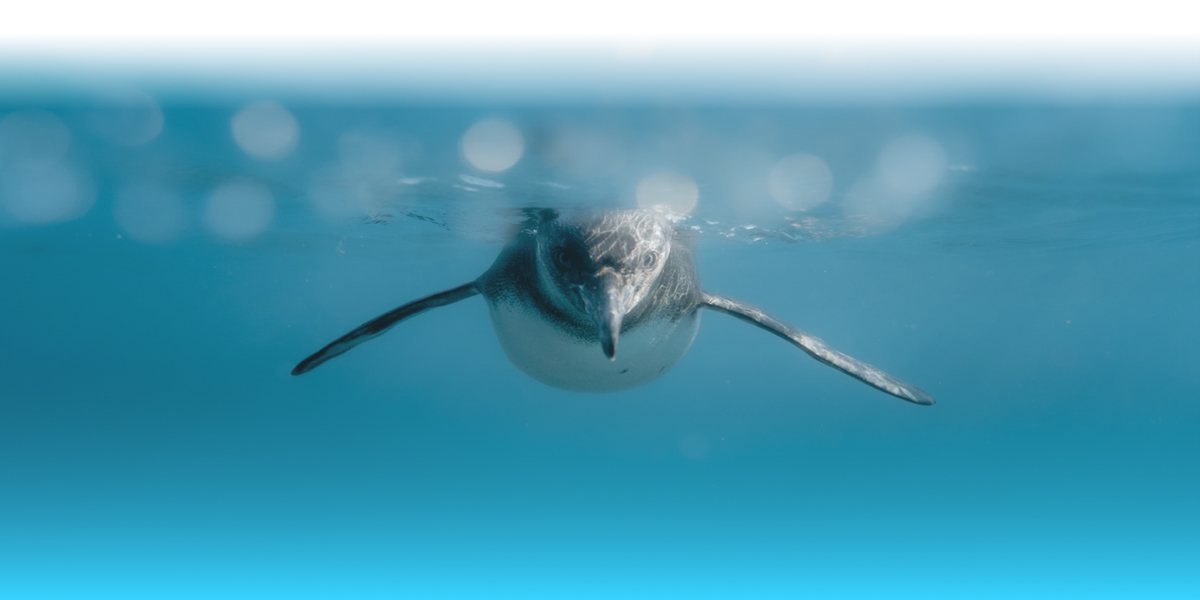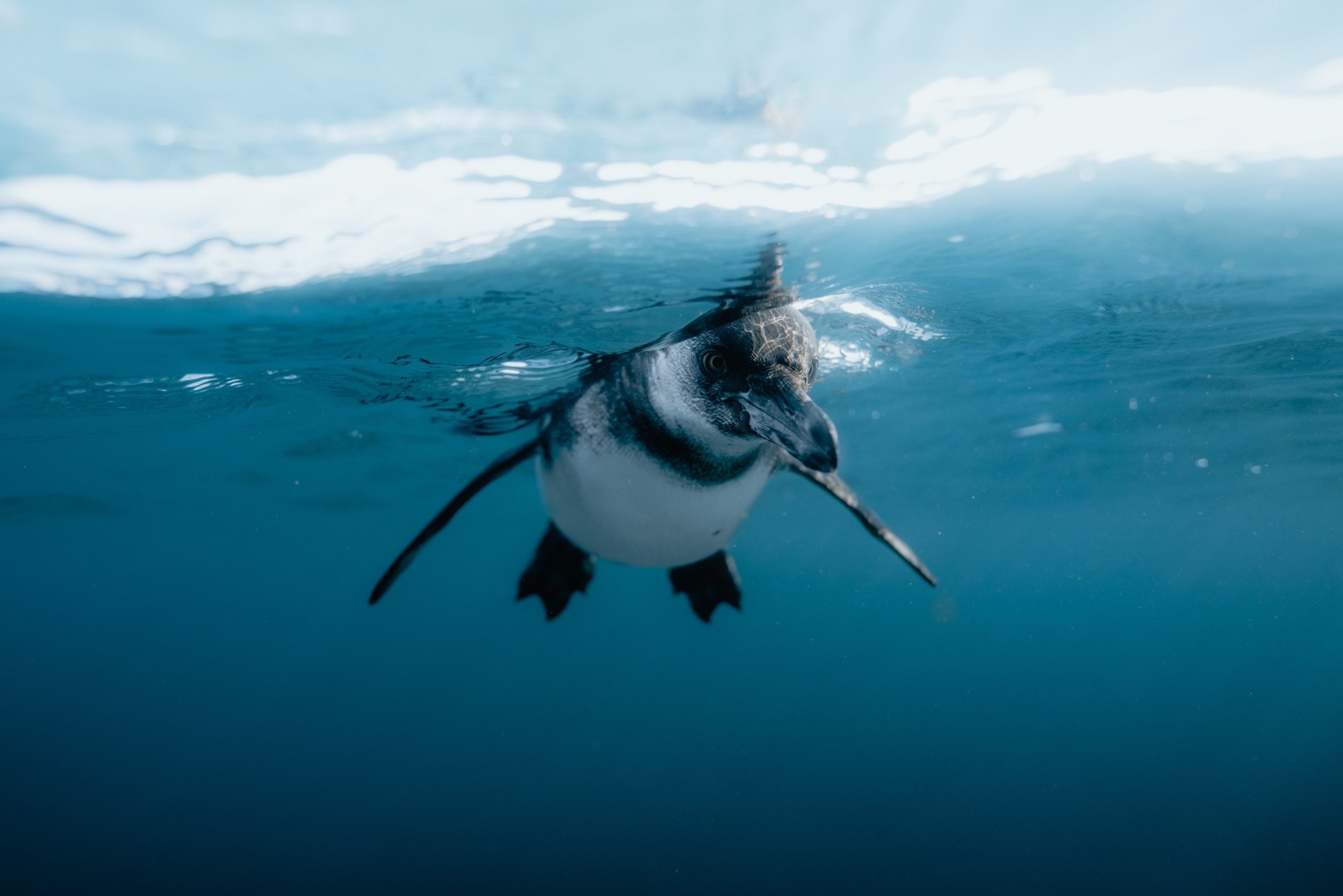
I remember my first exposure to local conservation efforts in Ecuador; I must have been 9 years old, and passing by the mangrove trees still standing on the outskirts of Guayaquil, where a big sign read “Manglar es vida” Spanish for “Mangroves are life”. At this time, the shrimp farming industry was booming in the coastal part of Ecuador, and the country was at one point the world’s top shrimp exporter. The industry provided much needed foreign exchange earnings for a struggling economy.
Inevitably after the boom came a bust. The unsustainable growth of the shrimp farming industry came at the expense of mangroves, with losses ranging from a quarter to a third of original mangrove coverage by late 90’s. These ecosystems were the nursery grounds for the same shrimps being farmed at the ponds, so the increased demand for post-larvae shrimps by the industry was met by a decreased natural supply due to deforestation. The shrimp were further depleted from a lack of regulations over fishing near mangroves, leading people to overfish the post-larvae shrimps and imposing technical limits to the growth of the industry. To make things worse, the industry tried to solve the problem by importing post-larvae shrimp, which is thought to have led to the introduction of the White Spot Syndrome Virus into Ecuador. This disease devastated the industry and in 2 years exports declined by over 60%.
With the collapse of the industry mangrove deforestation pressures disappeared, so, further mangrove losses in Ecuador were averted. But the socialized costs of mangrove deforestation, both ecological and social, were evident. Barren landscapes from abandoned shrimp-ponds were now a common sight in the Ecuadorian coast, where mangroves used to stand. Communities that for millennia depended on mangrove fisheries now lacked means for their traditional livelihood. Why did this happen and how can we avoid it in the future? This became the focus of my master’s degree in environmental economics and climate change. Through it, I would learn that mangroves were indeed life, being one of the most productive ecosystems on earth. An important percentage of the world’s fisheries directly and indirectly depend on mangroves, and they are amongst the most carbon rich forests on earth, making them critical allies in our fight against climate change. Many of these benefits, or ecosystem services, are crucial for human wellbeing, but since they are not traded in markets, are usually overlooked by decision-makers or systematically undervalued by markets, leading to widespread mangrove loss.
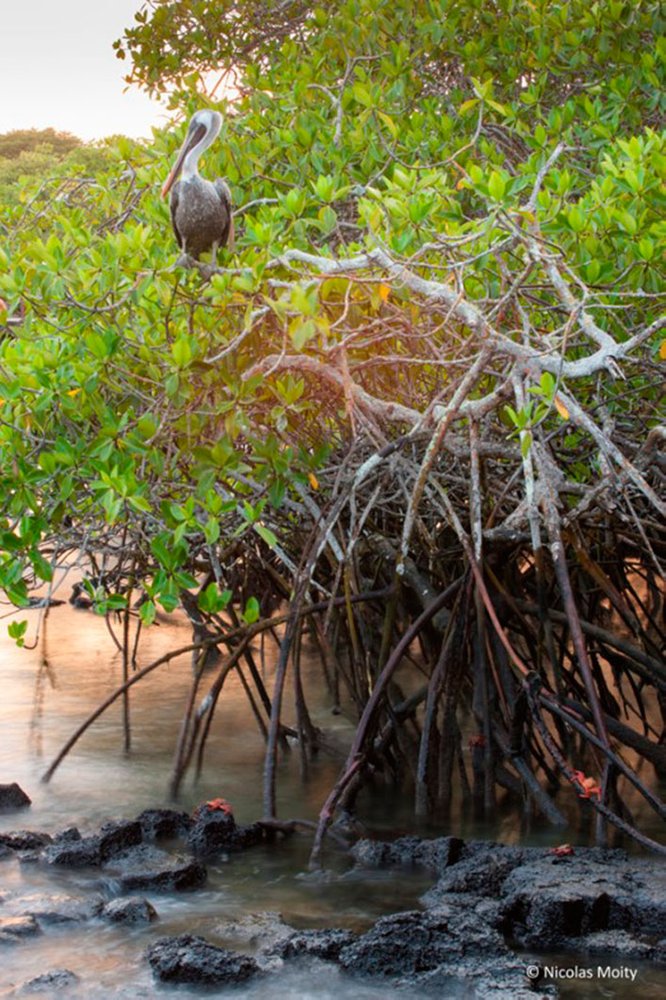
Providing a visible value for the non-market benefits of mangroves is a key input to avoid more mangrove losses, such as the ones experienced in my home country. Over the past year working at the Charles Darwin Foundation (CDF) on the Galapagos Islands, my task has been to research the first valuation of ecosystem services for mangroves in the Galapagos Marine Reserve and also one of the first targeting multiple ecosystem services in the Eastern Tropical Pacific. We concentrated on three mangrove ecosystem services that are most representative:
- The value of carbon storage provided by mangroves, within the context of climate change policies.
- The importance of mangroves in sustaining fisheries, as they function as a nursery and habitat for species of commercial importance.
- The vital role of mangroves in supporting tourism and recreational activities.
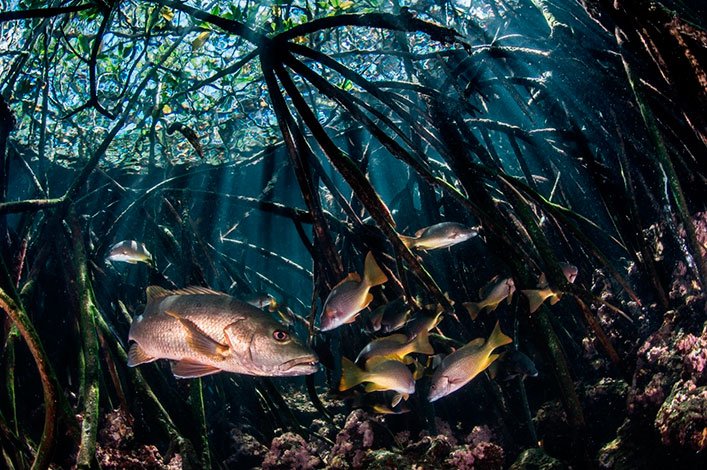
Focusing on such a diverse set of benefits provided by mangroves meant collecting and analysing large amounts of biological, ecological and economic data. For example, collecting carbon data meant sampling mangrove soils in 29 sites on 6 islands across the whole archipelago. Likewise, identifying mangrove dependant fish species entailed carrying visual census in over 30 mangrove bays. All tourism sites with mangrove based recreation in the Galapagos National Park were singled out using geographical information systems, and then we had to tally all visits to these sites from the databases of the Galapagos National Park Directorate (GNPD). As benefits are inherently social, we surveyed local fishermen and tourism operators for prices and costs, and when necessary we used specifically developed welfare measures that expressed the wide set of values provided by mangroves. These herculean interdisciplinary efforts were only possible through the collaboration of the CDF staff and visiting volunteers from the University of Wisconsin, the GNPD, and the Scripps Institution of Oceanography at the University of California San Diego, and through the continuous support provided by the Leona M. and Harry B Helmsley charitable Trust.
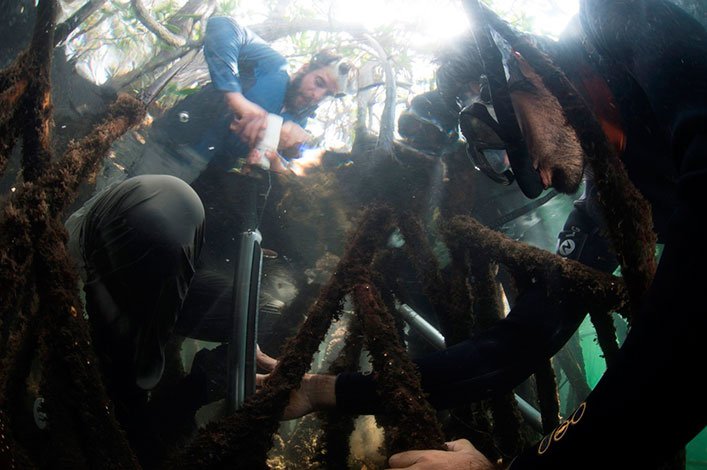
Our results support the findings from similar studies worldwide – meaning that mangroves provide a wide range of highly valued ecosystem services. The 3690 hectares of mangroves in the Galapagos store in their soils over 770,000 tons of carbon which could be valued at over $10 million in carbon credits, or over $100 million in avoided climate change related damages. Our findings also evidence that the local white-fin fishery, the second most profitable artisanal fishery in the Archipelago, is highly dependent on healthy mangroves. Over $900,000 of yearly net benefits for artisanal fishermen can be attributed directly to mangrove dependant species, the most important of these being the Galapagos sailfin Grouper, a regionally endemic top predator regarded as vulnerable by the IUCN endangered species list. Finally, mangrove sites represent approximately 47% of the visiting sites within the Galapagos National Park, and tourism income generated through visits to these sites amounts to over $56 million annually.
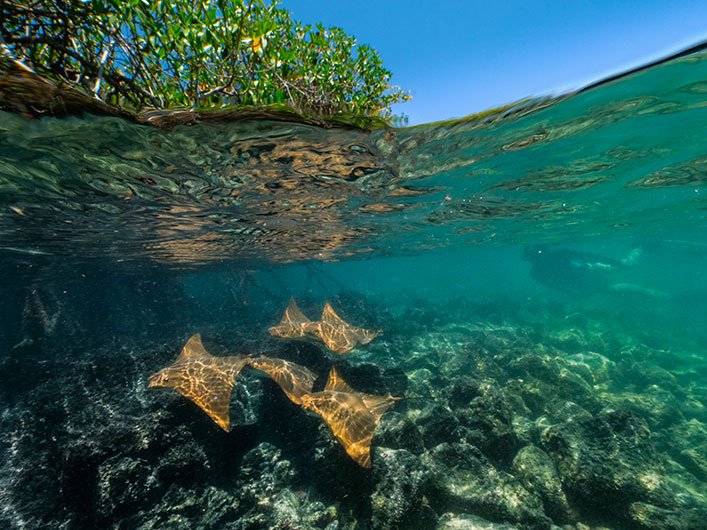
The next step is sharing our findings with a wider audience. Even though deforestation never reached the Galapagos mangroves, and has been controlled for the last fifteen years in mainland Ecuador, its main historical driver, the shrimp farming industry, has recovered in the last years and reached new production peaks. Strengthening conservation efforts are a necessity to avoid past pitfalls. As we face new challenges posed by climate change, mangroves will certainly become more valuable, and maybe restoration and reforestation might be not only an ecological necessity, but also a necessary adaptation measure. I certainly hope that those barren landscapes now dotting our coastline could once again become thriving mangroves supporting biodiversity and resilient communities.
The Charles Darwin Foundation's projects depend entirely upon the support of our donors. Please donate today.


